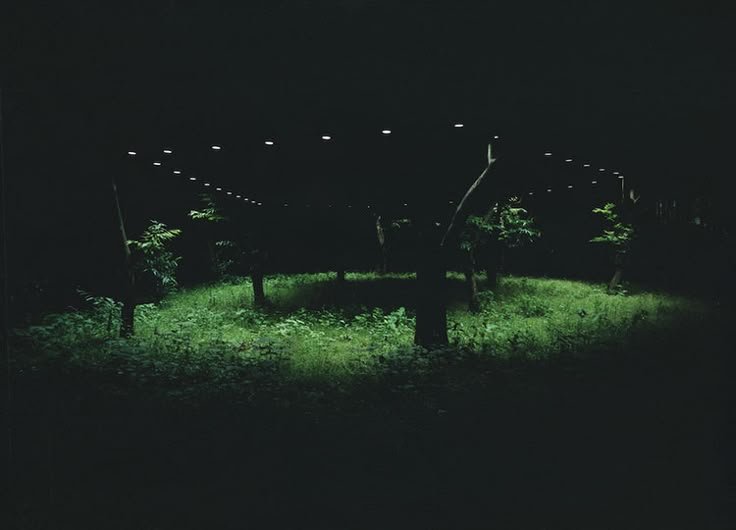Contemporary art breaks barriers between studio and field. It invites the public to rethink their relationship. This is their bond with the natural environment. When museums and galleries move beyond their walls, they become spaces for dialogue. This is a dialogue between science and creativity. Artistic interventions emerge as powerful tools. They encourage new ways of seeing the environment. They reveal its living processes.
The aesthetic experience gains an ecological dimension. It integrates elements like soil, water, and vegetation. This reveals invisible connections. These are links between community, organism, and landscape.
Projects with researchers show something important. Interdisciplinary collaboration expands the reach of knowledge. Artists, ecologists, and citizens work together. They build installations that simulate microsystems. These expose visitors to delicate processes. For example, they show pollination or water filtration.
Art as a living and collaborative organism
This co-creation moves beyond the romantic view of the isolated creator and values the tacit knowledge of those living near the work. Interventions in public spaces allow nature to respond to human gestures.

Digital photograph; variable dimensions; official website of Hideo Kobayashi,
available at: https://www.hideo-kobayashi.com/work002/index.html. Accessed on: July 9, 2025.
Gardens with native plants, for example, can be designed to host local species while provoking reflections on ecological balance. In such actions, the artwork grows and transforms with the seasons, highlighting art as a living organism and emphasizing the ephemeral nature of human-built forms.
Invitations to participate transform spectators into conscious agents. Exhibitions that pose questions to the environment encourage curiosity and care.
Sensors that measure air quality or light levels power immersive visuals, turning visitors into investigators and co-responsible for the aesthetic outcome. A simple touch on a sensitive screen can reveal data about the moisture of the soil beneath one’s feet.
Artistic interventions and community engagement
Moreover, collaborative murals and sculptures serve to strengthen the social fabric. As a case in point, residents of marginalized neighborhoods often find in art a unique space for collective experimentation.
For instance, paints made from organic waste, graffiti that records local memories, and events where everyone contributes to a giant installation all work to foster a sense of belonging. In this way, the community effectively rebuilds itself with each brushstroke or object added to the piece.
Furthermore, at the intersection of technology and the environment, interactive urban artworks are creating new forms of engagement. These installations might feature projected clouds that respond directly to people’s movement. As a result, digital lights and particles change based on circulation, thereby suggesting the profound interdependence between the human body and the virtual atmosphere.
Essentially, this type of mediation shows the city as a hybrid organism, built simultaneously by electronic circuits and natural flows. Therefore, when artistic interventions position the environment as a protagonist, art shifts from being a mere aesthetic reflection to becoming a powerful tool for awareness.
Through this process, the visitor learns that their gaze transforms the space and that each gesture can affect fragile ecosystems. Ultimately, these experiences inspire the urgency of sustainable practices, proposing a new ecological poetics in which collective creation merges with the Earth’s own pulse.



